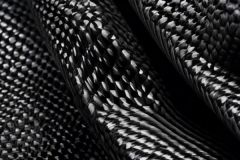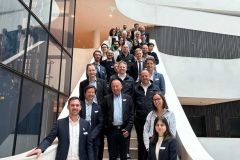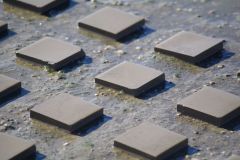Propellers that limit noise pollution
In association with the University of Strathclyde, the British company Oscar Propulsion obtained a patent in 2022 for a new propeller technology designed to reduce the noise level emitted by boats. Called PressurePores, this technology consists of positioning judiciously placed holes at the end of the blade, which limit the vortices at the ends of the propeller. By limiting vortexes and the risk of cavitation through better balancing of pressures on both sides of the blades, the noise emitted underwater by the boat is lower, reducing underwater noise pollution.
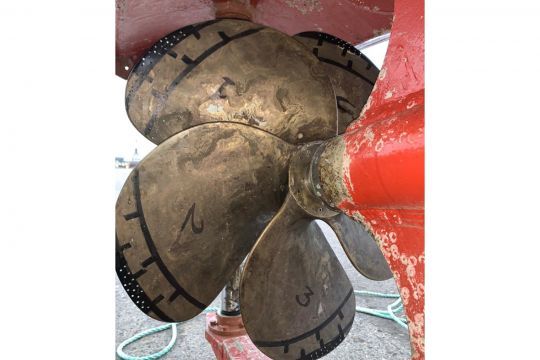
An effective and affordable solution
Launched in 2015, Oscar Propulsion's research began in water sports with kayaking and rowing, for which the British company manufactured paddles and oars whose paddles, judiciously openworked, offered equivalent propulsive force for less effort on the part of the athlete.
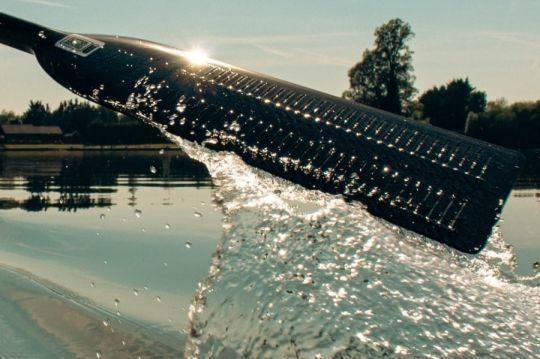
Moving on to boat propellers, the company has developed PressurePores. Based on hydrodynamic simulation calculations, Oscar Propulsion adapts the positioning and number of holes to the propeller size, geometry and power output. Tests on the University of Strathclyde's 19-meter catamaran have shown that the holes reduce cavitation by 14% and noise levels by up to 10 dB.
Oscar Propulsion's propellers can be used on any type of boat, from container ships to the smallest pleasure craft.
An environmental issue
The damage caused by underwater noise pollution is proven and is amplified by maritime traffic. Large mammals, which use underwater waves to communicate, are disturbed by the noise emitted by ships and may become lost or separated from the group, leading to behavioral changes and risks of extinction of some species. Cavitation can emit up to 188 dB, while sounds above 160 dB pose a significant risk to wildlife according to the U.S. Oceanographic Agency.
PressurePores are therefore an interesting way to limit these risks.








